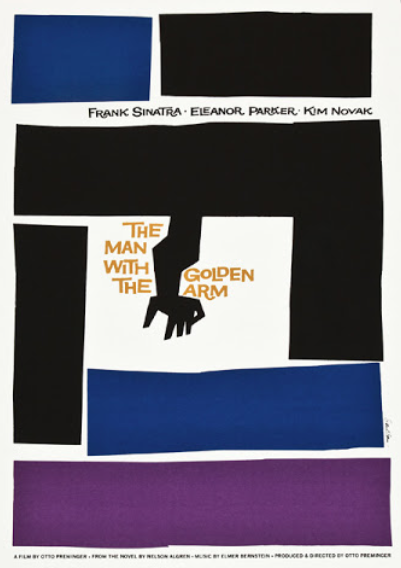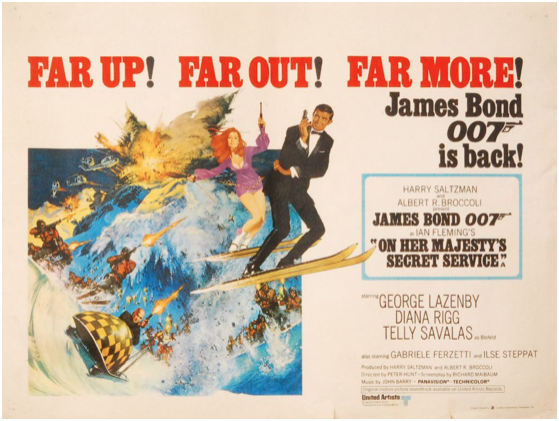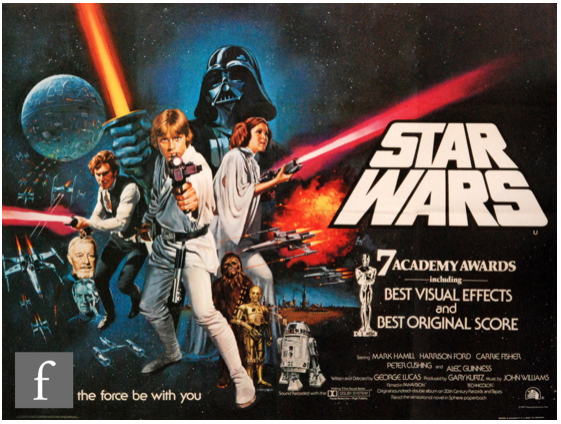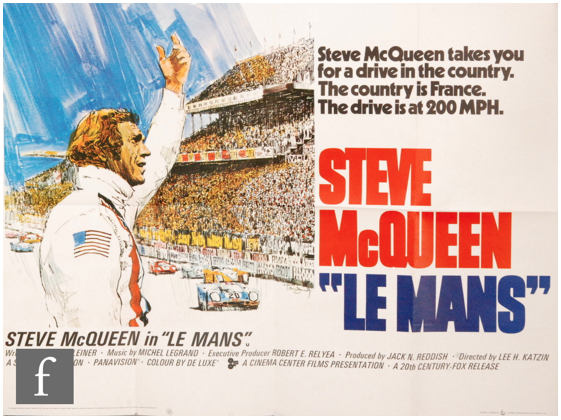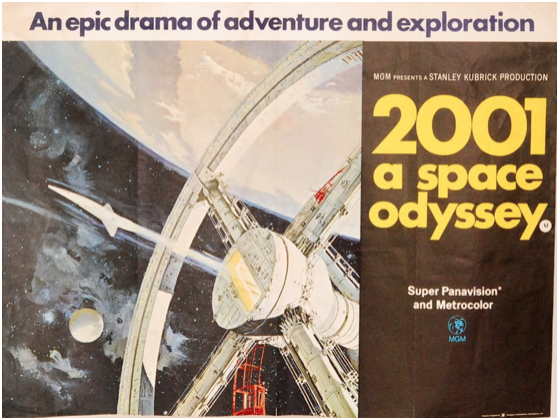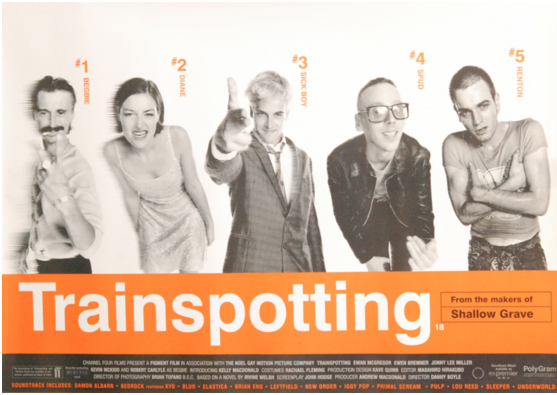Tutorial Tuesday - Collecting Vintage Film Posters
Lights, camera......action
In todays eclectic world of collecting film posters have become big business. A combination of nostalgia and graphic genius they have become one of the safest investment fields of recent years.
The modern poster, as we know it, dates back to 1870 when the printing industry finally perfected colour lithography and made mass production possible. By the 1890’s, the technique had spread throughout Europe and had become recognised as a vital art form.
The new art form attracted artists from all professional levels, from painters like Henri de Toulouse-Lautrec, Jules Cheret and Mucha to theatrical and commercial designers. In a little over a hundred years, poster styles have ranged from Art Nouveau, Symbolism, Cubism, and Art Deco to the more formal Bauhaus and often incoherent hippie posters of the 1960s.
In the United States, the film industry quickly discovered that vibrantly colored posters were an effective way to sell tickets to their movies. From Humphrey Bogart and Audrey Hepburn, to Tom Hanks and Denzel Washington, thousands of Hollywood’s most famous and infamous stars have been memorably captured in print for promotional use in theatres worldwide.
Vintage film posters have not only become an international collecting field but many of the greatest titles have become astonishing investment opportunities. The most valuable film poster in the world, of which there is only one known copy, is believed to be the stone lithographic poster for the 1931 version of Frankenstein. It sold for a staggering $262,000. Although not all film posters are as rare or valuable as the Frankenstein poster, they all have great graphics and make a perfect addition for today’s modern interiors.
Collecting vintage film posters for decorating or investment value is a great way to capture your favourite actors or cinematic moments forever, but finding the poster you are looking for can be a challenge, especially if the film is old. There are countless vintage film posters available online, but there is no way to ensure the authenticity or condition of the art until you have paid and received it. Buying any artwork online, but especially vintage posters, is very risky.
Knowing the difference between a collectible film poster and a reprint is important. After all, if you’re hoping to attain a poster that will increase in value, it must be an original print. If, on the other hand, you only want to spruce up your interior with a flash of Hollywood glamour then there’s no sense spending money on a pricier collectible when an equally attractive reprint would fit the bill.
With today’s computers and graphics programs, the ability to recreate a vintage poster image is increasingly within reach for those that choose to do so. It has been my experience that in most circumstances, reproductions are clearly identified as such and not to intentionally mislead. Sometimes a reproduction may be called an original purely out of ignorance. As a collector, it is your responsibility to build your knowledge to make sure that you know the difference between an original poster and reproduction.
Rarely will a vintage poster appear as bright and clean as the day it was created. Just think, a poster created in 1960, fairly recently for a vintage poster, is now almost 60 years old! Unless the poster was rolled up in the original mailing tube or remained in the original envelope, it will have been exposed to the elements and therefore will usually show some signs of ageing. Things such as dirt or tape residue can usually be cleaned. However, you should beware of posters that have faded. For once colours in a poster have faded there is really no way to correct it.
Many film posters have fold lines which is normal and not to much of a concern. After printing, posters were folded into various configurations before being dispatched to cinemas all over the world. This is why smaller posters appear to be quartered, and larger posters may appear to have six or eight panels. These crease lines are acceptable amongst collectors but be mindful of tears and losses to the paper which can be more damaging to the value.
Value for posters that are adhered/glued or laminated to any surface are generally considered to be minimal or nil amongst collectors. As always, there are exceptions to the rule. A very rare or highly desirable image may retain a greater portion of its value in this condition. Often you will find a poster secured using shrink rap, but it remains freestanding once the shrink-wrap is removed. If you decide to purchase such a poster, it is advisable to remove the plastic/shrink wrap carefully and throw away the cardboard, which is highly acidic and can do lasting damage to your poster. To best way to protect your new purchase is to get it professionally framed with acid free backings and UV protective glass.
While it remains possible to make a great discovery or find a real bargain, it has become, like many things, increasingly difficult to do so. Therefore, despite having heard this phrase over and over, it worth repeating. “If a deal seems too good to be true it usually is.” If you educate yourself about poster condition, rarity, market prices etc, the chances of you making a purchase you may later regret is increasingly remote.
The collecting options are also so varied so you can collect either your favourite film from a classic James Bond to Star Wars, your most loved genre from Horror to Carry On or your favourite actor such as Steve McQueen or Audrey Hepburn. The choices are endless and the instant effect of these graphic gems adds impact and nostalgia to any interior. There are also many great poster artists who became leaders in the illustrated art, instantly conveying a films message or mood within the simple movie poster format. One of my particular favourites has the to be the great Saul Bass who’s simple use of line and colour make him one of the most instantly recognised and desired amongst movie poster collectors with great works such as Vertigo, The Anatomy of Murder or the Man with the Golden Arm.
One thing is certain, these modern classics of interior design and iconic graphic art show no sign of slowing in their popularity. Period classics now fetch hundreds if not thousands of pounds and may well be out of the reach of many. If thats the case for you then consider looking at current film releases which have the potential to be the next Star Wars, Breakfast at Tiffanys or Thunderball.
Film posters are a wonderful addition to any collection and every interior and Fieldings now handle specialist sales of this growing collector field so get out there and look for your own slice of vintage hollywood glamour, safe in the knowledge that this market promises to be one of the safest investments you’ll find.
If you have a film poster you’d like valued or are interested in learning more then please contact us at info@fieldingsauctioneers.co.uk
Posted on 7 April 2020
Be in the know
Sign up for auction email alerts so you never miss another sale at Fieldings!
Register now

